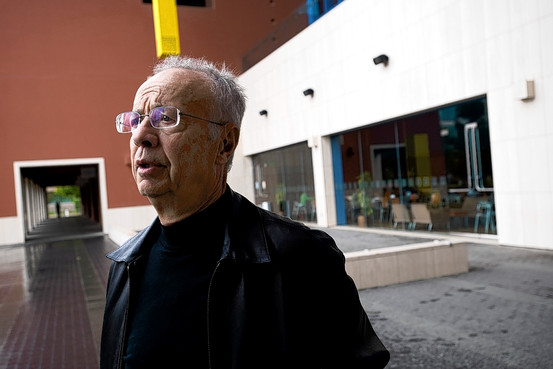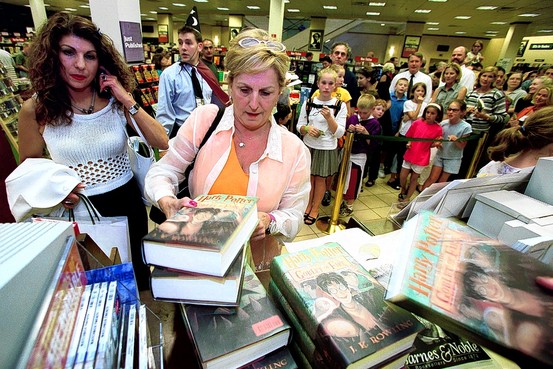Some Call It an Evolution - I Call It the Revolution
/I enjoy the media futurist, Gerd Leonhard. In a post from earlier this month, Gerd was at it again, this time promoting an upcoming movie, which you'll see some of below, and leading into his article with this title:
The Creative Landscape Is Changing, Some Call It a Revolution Others Call It a Natural Evolution. These Changes Effect Everything From Creation to Distribution From Artist to Consumer.
What Gerd is talking about is an upcoming film titled, Press Pause Play, about the future of creativity. This important work is about the huge changes in production, distribution and consumption of creative works - an important topic which reflects much of Gerd's other work (see here, here, here and here). Of course Gerd and I share similar views, with the exception that I do call it the revolution exclusively.
This is from the film's web-site: "A new generation of global creators and artists are emerging, equipped with other points of reference and other tools. The teachers arenʼt certified schools anymore - itʼs web sites, discussion forums and a “learn by doing” mentality. We see the children of a digital age, unspoiled or uneducated depending on who you ask. Collaboration over hierarchy, digital over analog - a change in the way we produce, distribute and consume creative works. PressPausePlay is the first film to capture this new ecosystem.
Thanks Gerd and watch the trailer below to learn more.











